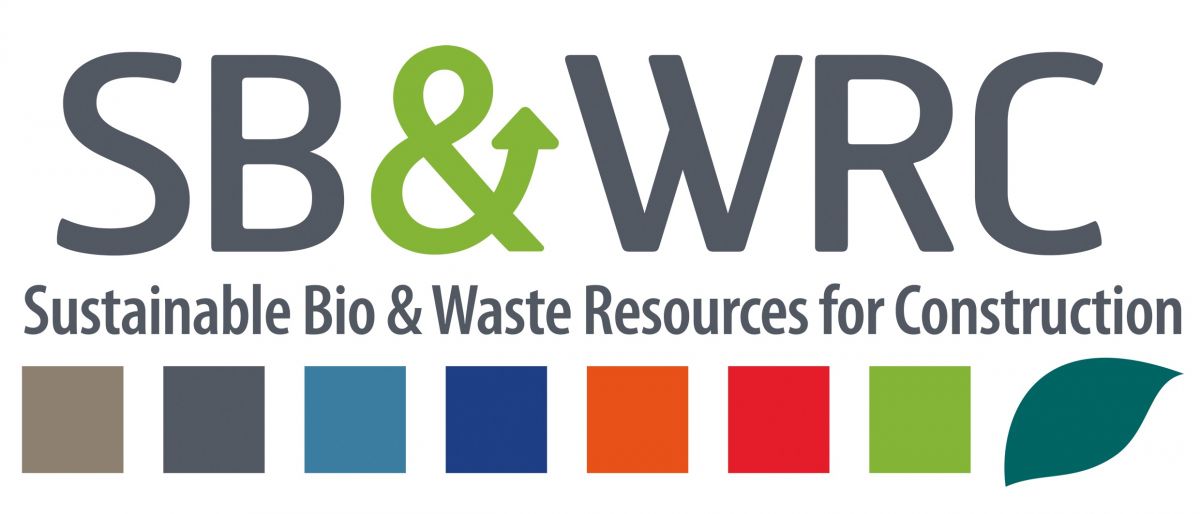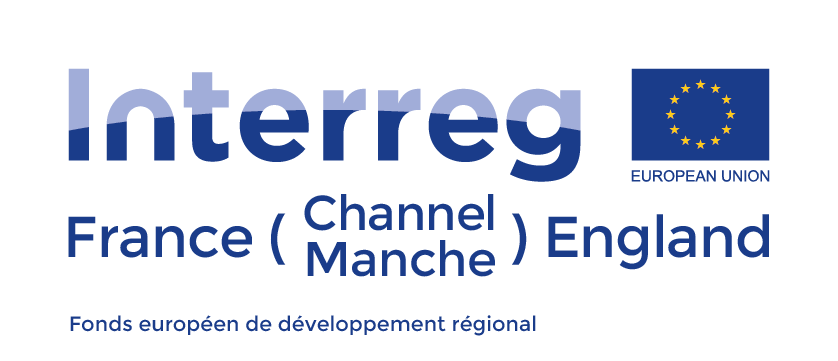Challenges of manufacturing the full scale prototype
Create a subpage- Alexia ROBIN
- /
- the 01-02-2019
- / 1023
The SB&WRC project is supported by the European program Interreg VA France (Channel) England and receives financial support from the ERDF.
|
|
 |
Straw bale wall construction, in which bales are dry-stacked and used for thermal insulation in both loadbearing and non-loadbearing walls, is now over hundred years old. The earliest straw bale structures developed in Nebraska, USA. In modern construction straw bales offer a low carbon and renewable alternative to other insulation materials. However, traditional bales, produced as an agricultural co-product rather than for construction purposes, orient the individual straws in the least efficient direction for optimising thermal insulation value.
This research is aimed at improving thermal efficiency and constructability of wheat straw when used as a non-load bearing insulation material by producing bales in which the straws are oriented parallel to the exposed surface and in bale sizes more suited to modern construction.
There have been many challenges in producing a full scale prototype that satisfies the above criteria. First is simply orienting the straw itself when extracted from the traditional bale. As the straw has been folded and compacted previously, much of the straw is broken or in shorter sections than originally desired. As the straw is removed and loosened, the straw remaining with sufficient length is limited. Sectioning the bale and finding a pattern for loading into the prototype form was the next challenge to overcome. Following this it has been necessary to determine the precompression loads and slenderness limits required for producing a newly formed stable insulation bale. Following various trials these challenges have largely been overcome, and the prototype manufacturing process has been streamlined, although it still remains a lengthy process. In moving forward, in future trials various levels of precompression, and time under load, will be considered in relation to the final thermal resistance of the prototype.
